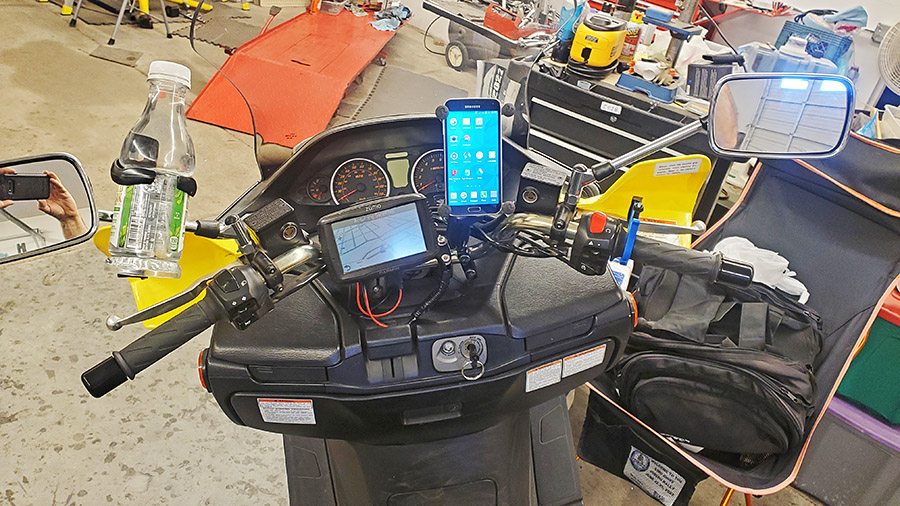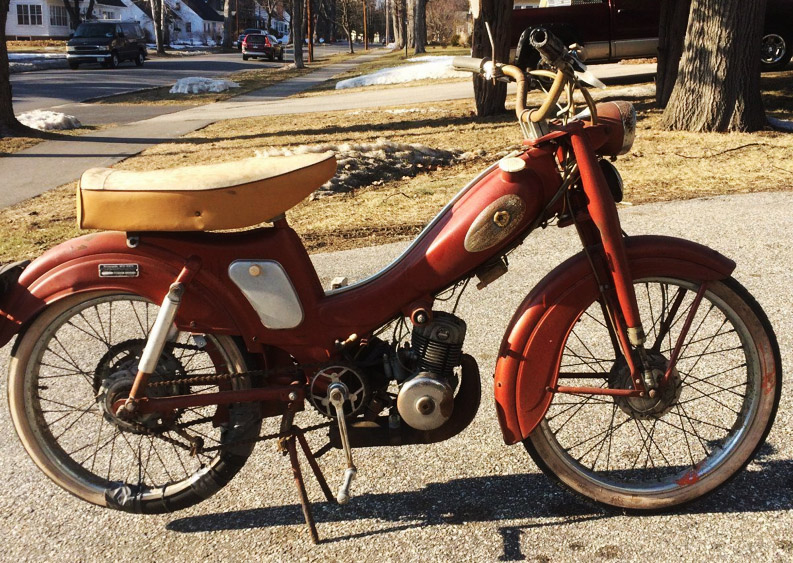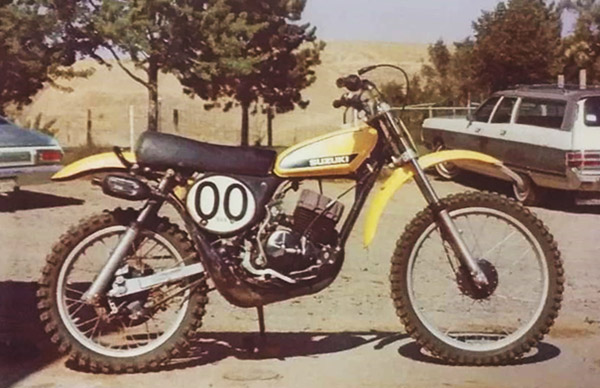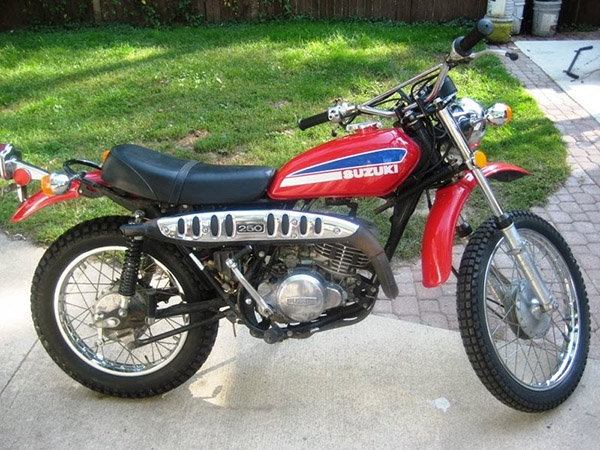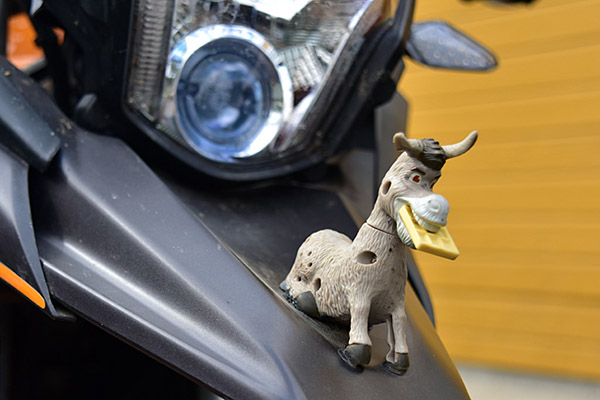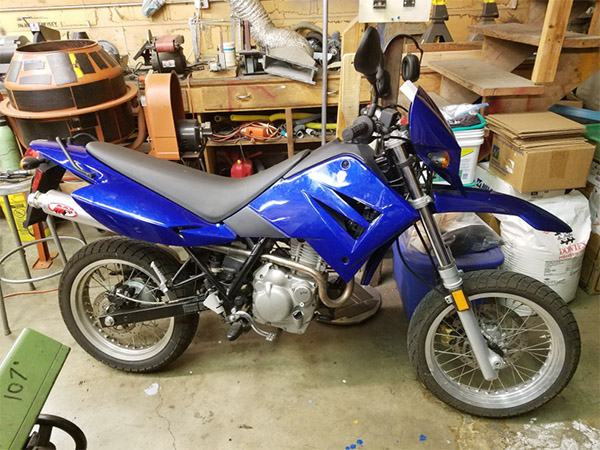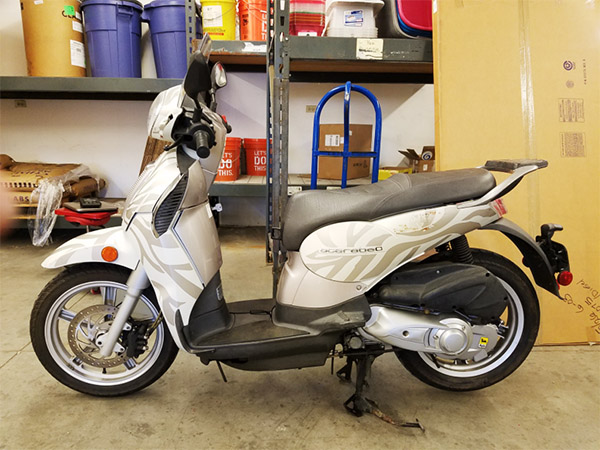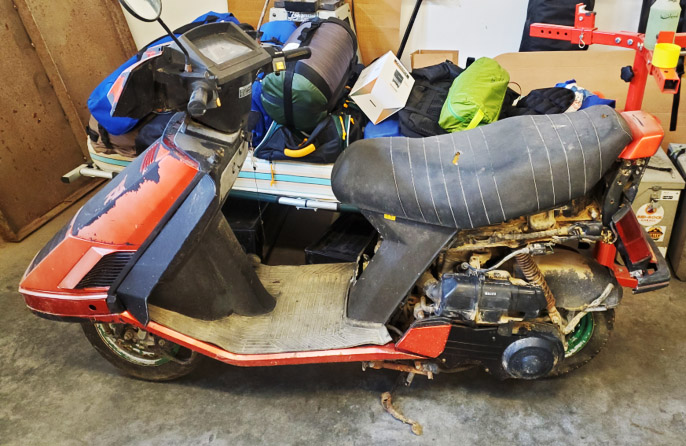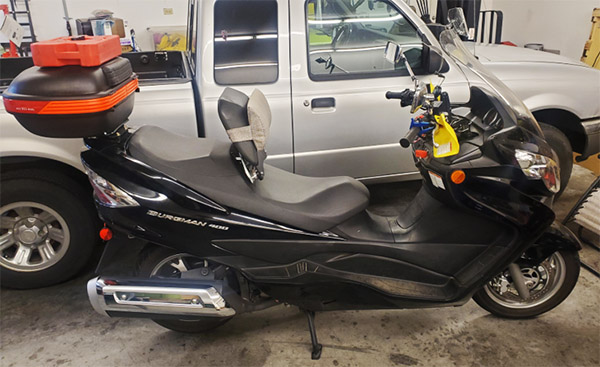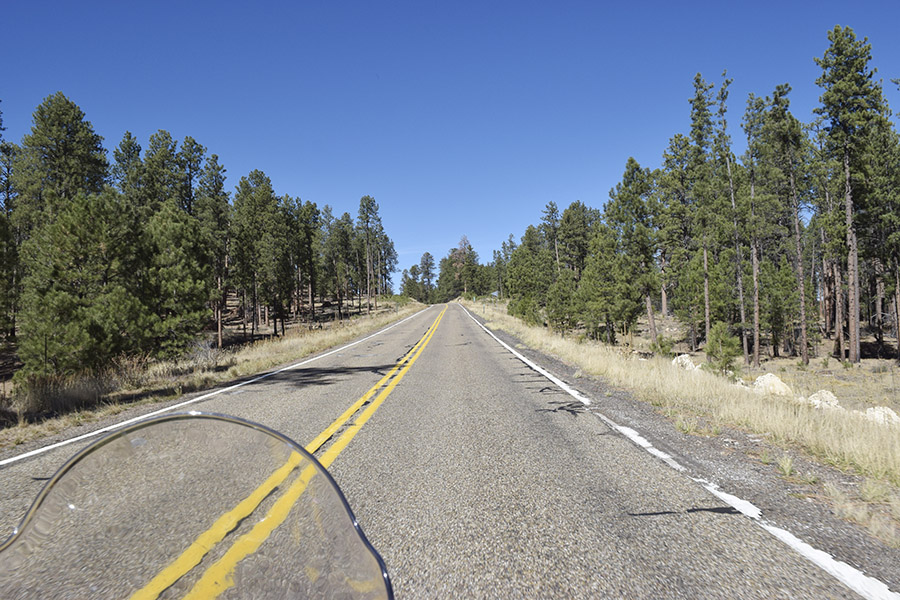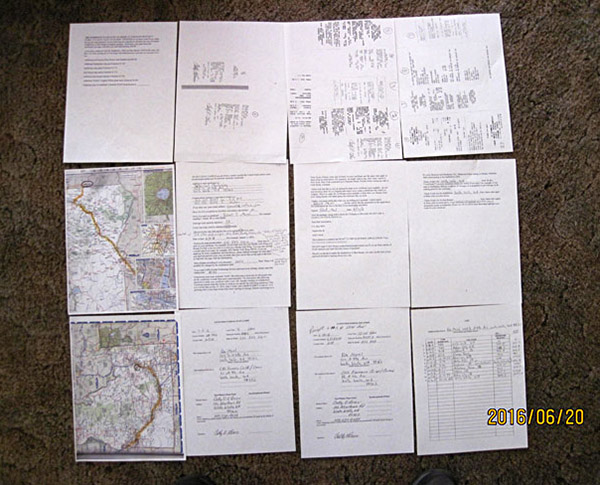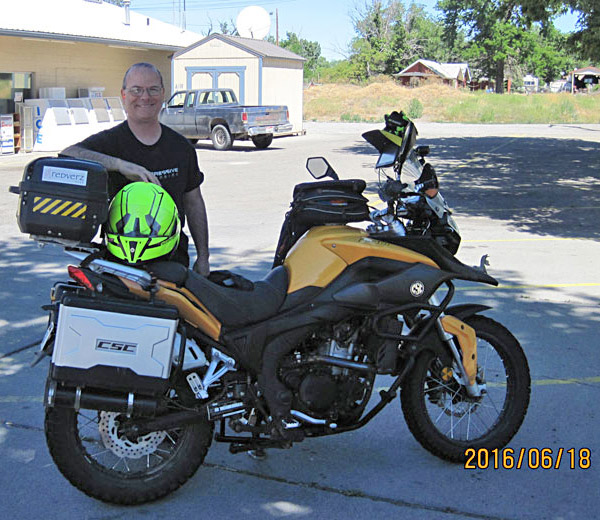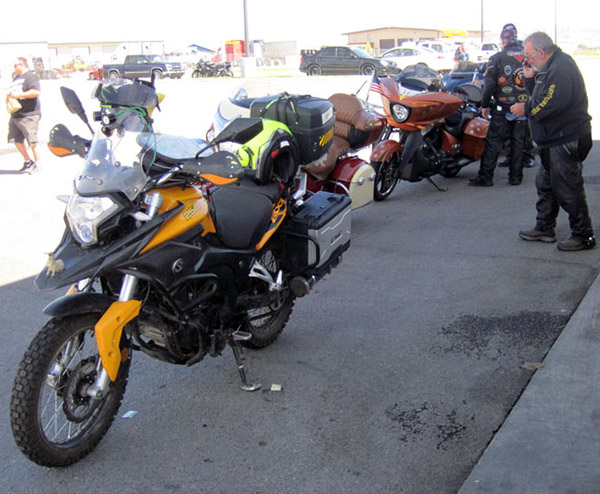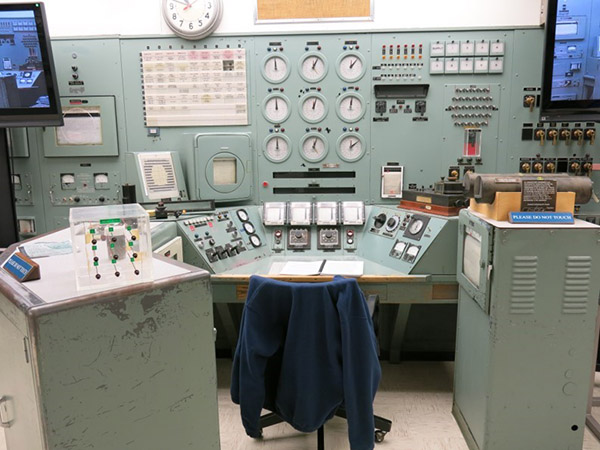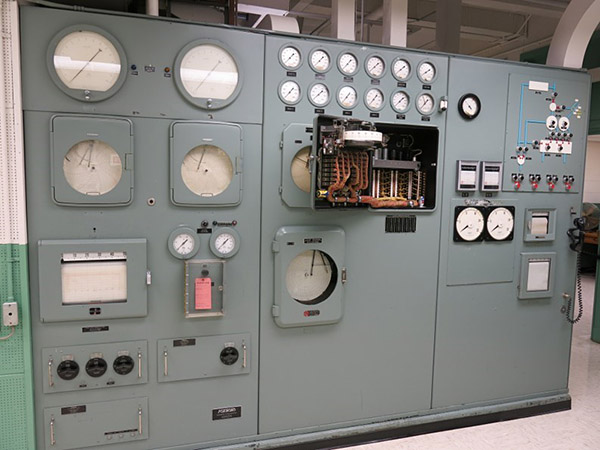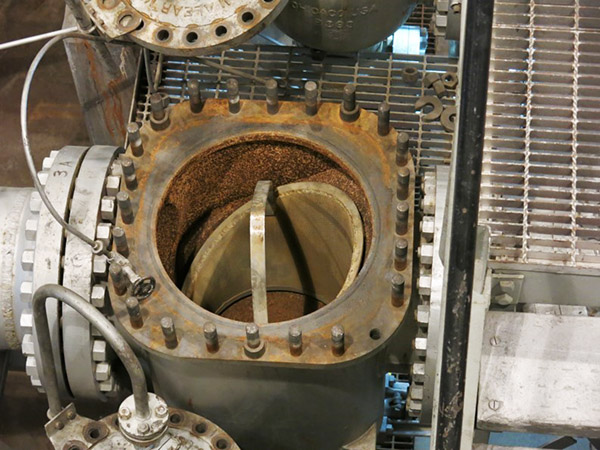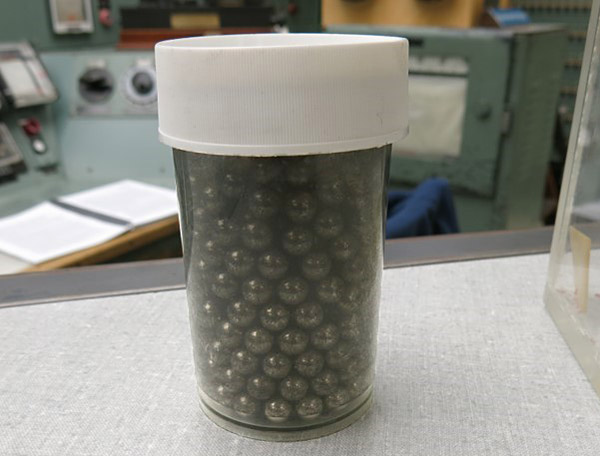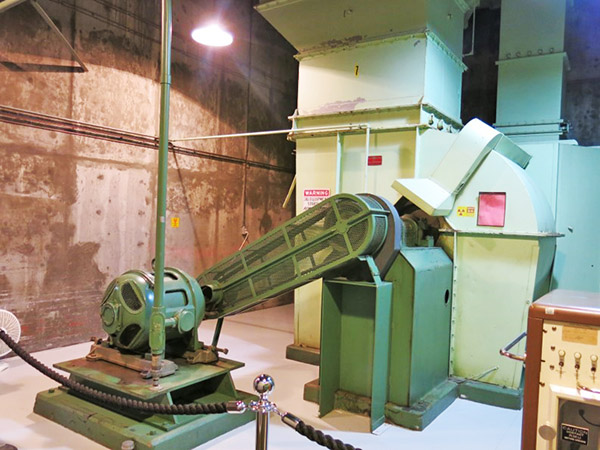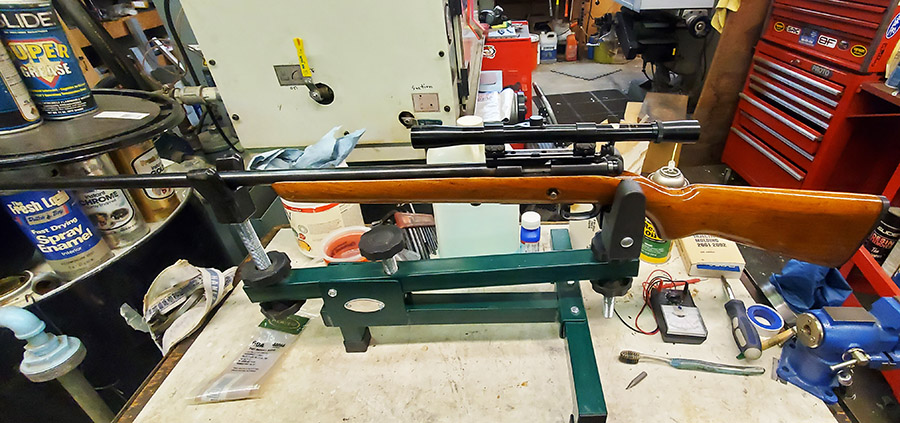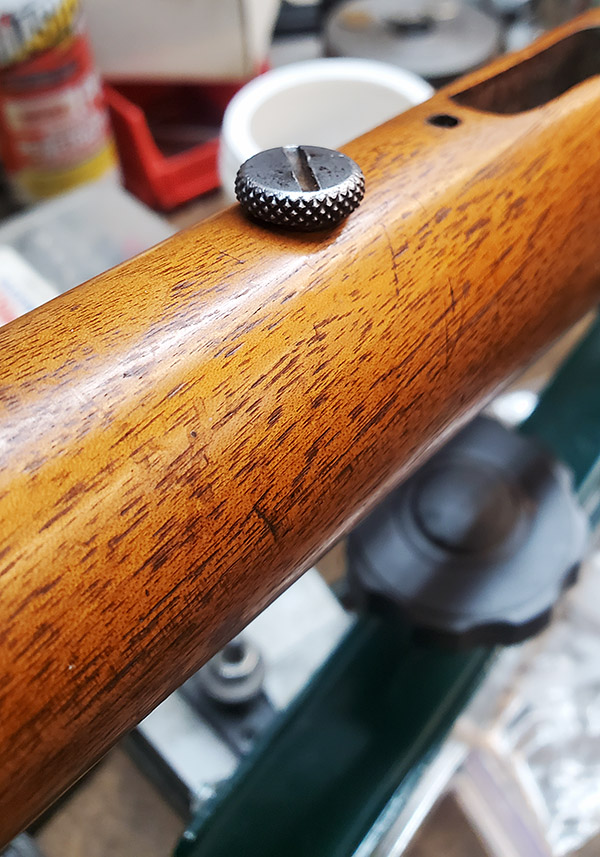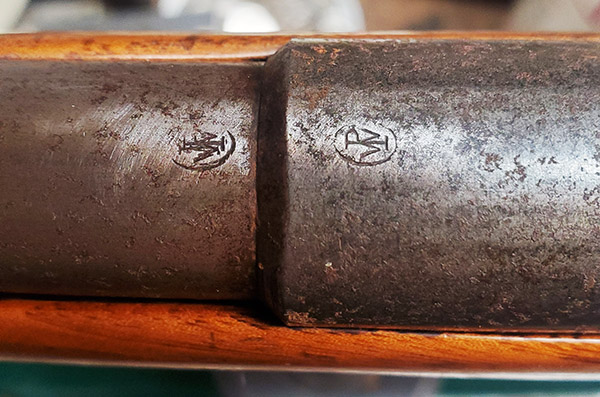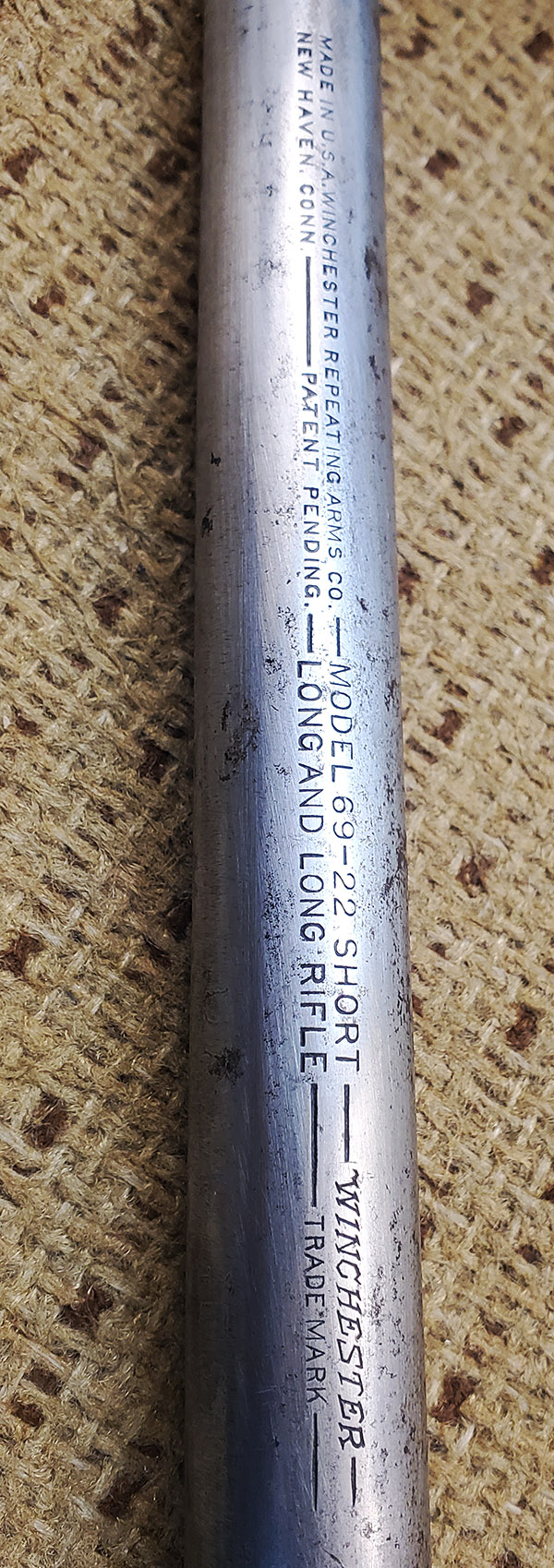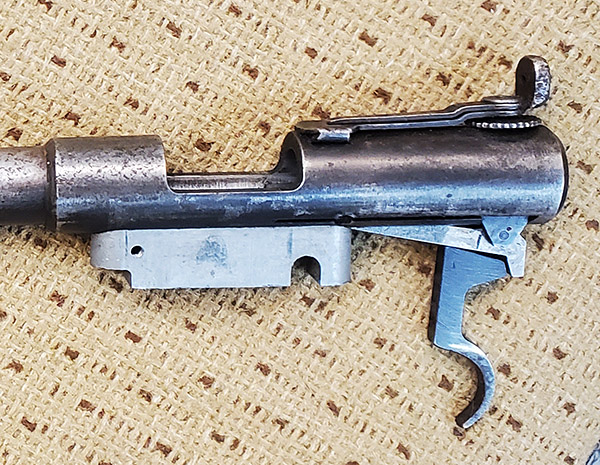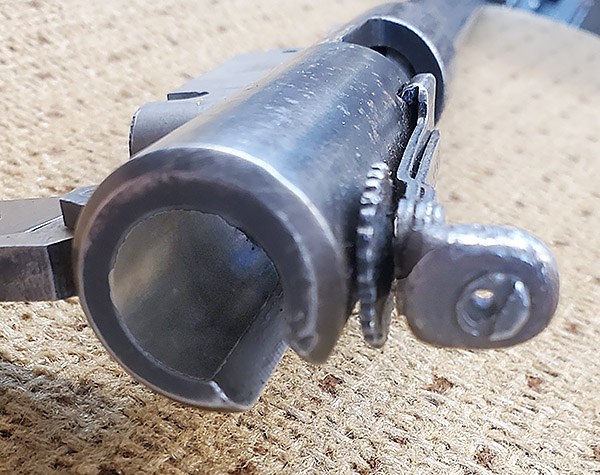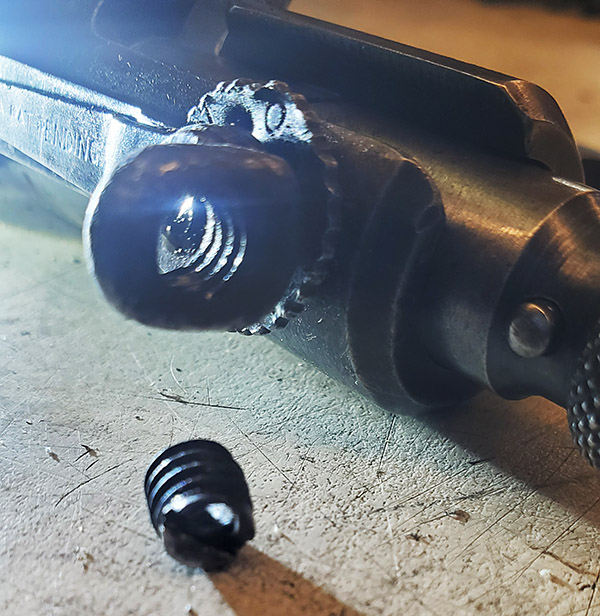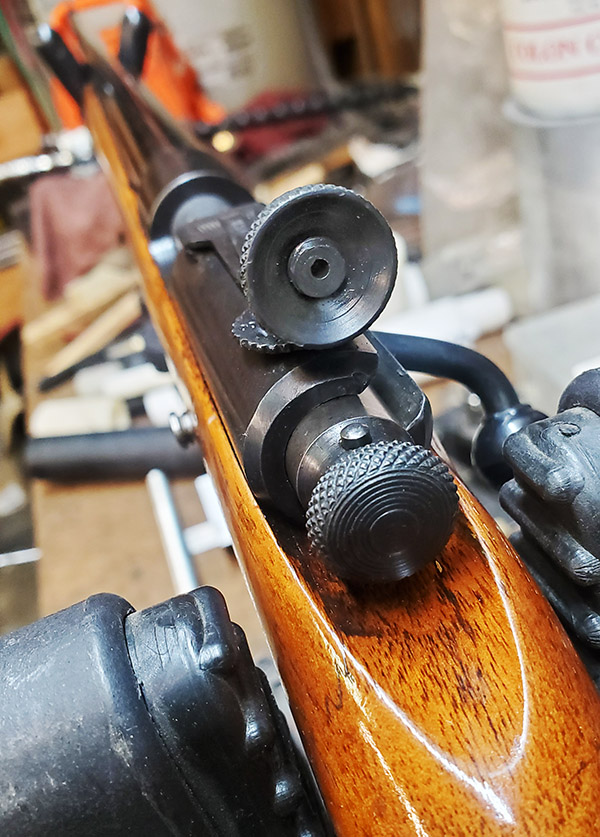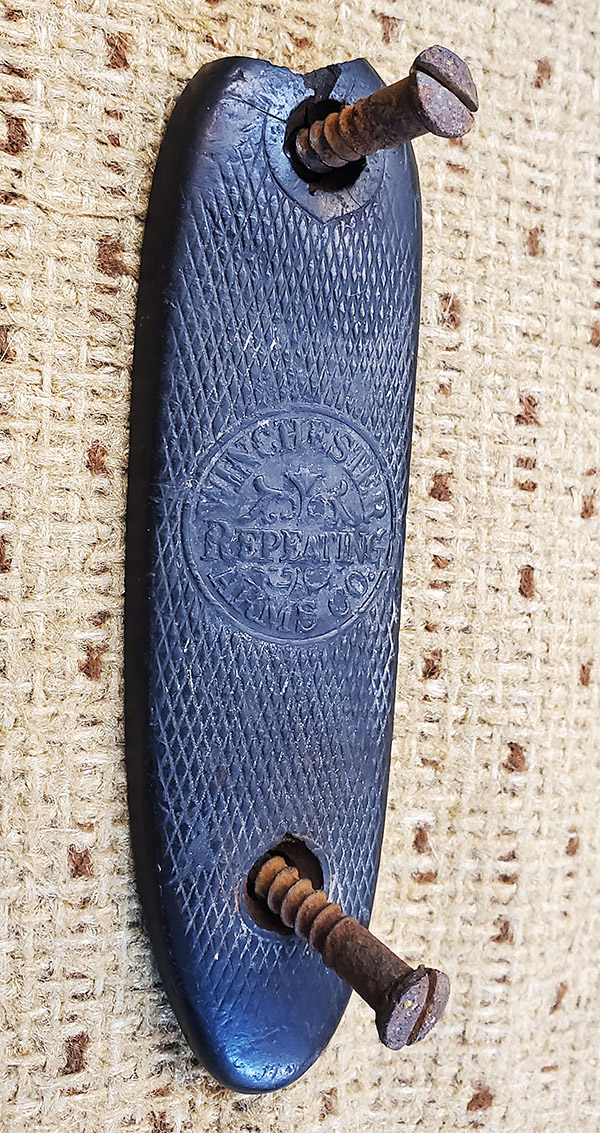By Rob Morel
So at 66½ years old my health is not what it used to be. I’ve sold all my “nice” bikes and now ride two scooters, a 1985 Honda CH150 Elite around town and I just bought a 2008 Suzuki Burgman 400 for distance travel.
I had a hip replacement 2 years ago. That’s working really good now. Bone spurs on lower back made it very painful swinging a leg over to get on and off a regular motorcycle, plus just riding on a bike all day was not fun anymore with the dagger like pain in my neck and back, which I’ve had for years. I could just roll with it in younger days. I can’t do that anymore. I’ve had immense fun going on motorcycle camping trips in the Pacific Northwest, Canada, Baja, several National Parks, and more places with the two Joes (Gresh and Berk). All great memories.
A few months ago, a friend had a scooter he wanted to sell. The price was something I couldn’t walk away from. My friend told me $100 and you can come get it. The short story was it was stolen years ago, recovered, and then sat outside for years. The people that stole it tried to paint it black over the nice original red color. Being left out in the weather resulted in a lot of rust, and it gummed up every control that needed to be able to move. Leafcutter bees made homes in every nook and cranny. Under the plastic I found hordes of dead bugs and cobwebs. The brakes were not working due to the bugs and water had entered the drums and rusted them.

I figured if I could get it running without too much effort it would be worth tackling the other issues. I took the carb apart and cleaned it by soaking it in ultra sonic cleaner, and I poked little wires through the jets that were plugged solid with old gas. I added a new air cleaner and battery. To my surprise, it started and idled okay. Then I replaced the old tires with new ones, oiled the cables, took the switches apart and blew out the dead critters, and lubed them. The fuel tank looked like it came off the Exxon Valdez. It was all rusty inside. So I rinsed it several times and got chunks of rust to come out as well as the gas that had turned to turpentine. Just to make sure, I installed two inline fuel filters on the gas line. I also added a new fuel vacuum petcock. Basically, I just gave it the tender loving care it needed from years of neglect. Five hundred bucks later, I rode it around and got all the lights working. I next took the constant velocity transmission apart and cleaned it, lubed it, installed a new belt, and Bob’s your Uncle. It’s a fun little scoot that gets up to 55 mph.
After riding the scooter around I noticed my back wasn’t hurting like it used to. I think the sitting position and not having to spread my legs apart like on a regular motorcycle relieved the pain. Or maybe it was the potholes my city is famous for pounding on my spine that did the trick. I’m hoping the the scooter will carry me into my goldener years and I can keep riding.
I’m now familiar with the term “Rat Rod.” I named my scooter “Tetanus Shot.” Every time I look at it, I feel like I need a tetanus shot. So does everyone else, especially the Harley guys I park next to at our coffee shop. I park next to them on purpose.

With the comfort and fun of riding Tetanus Shot around, I figured that if I could sell my 2009 BMW F650GS (a great bike) and my little Chinese 400 thumper road bike, I would have the money to buy a maxi scooter. After the customary searching and reading all about the big boy scooters, I decided that a Suzuki Burgman 400 would be a good long distance scooter. I found one an hour away with 5200 miles. It was a 2008. I rode it and thought it would do all this old geezer needed. $3600 later, I rode it home.
It didn’t take long to get familiar with the Suzuki’s handling and power, which surprised me when I left the seller’s gravel driveway and the rear end broke loose from too much throttle on the gravel lane.
Accessories I installed to make comfier included heated grips, a 3D-printed throttle lock, a rear trunk for added storage, a cell phone holder, a GPS mount, and handlebar shields to keep bugs and stones from hitting my hands and cold weather riding. I added wiring for my heated jacket, a wind screen extension, and a Roto-Pak mount on the trunk for extended gas range. I took the rider’s seat back rest and made it taller to support my back better.
A few weeks ago, I wanted to take one more 4-5 day trip before the weather turned wet and cold. I loaded clothes, tools, extra gas, and the various other assorted things I take on bike trips, and pointed the Burgy towards Seattle.
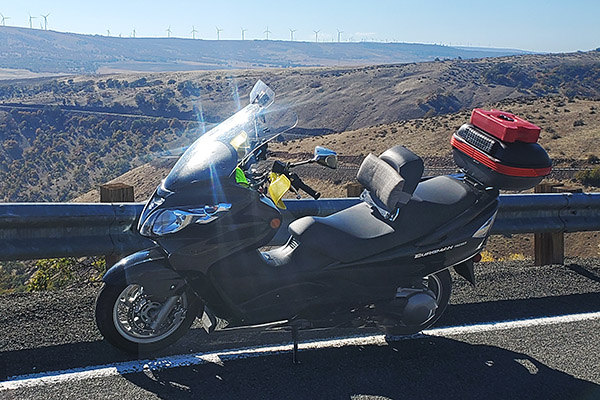
1250 miles later I can say I really enjoyed riding the big Suzuki scooter. I had no problem running 75 to 80mph on Interstate 5 through Seattle’s rush hour traffic. Vibration was very minimal. Wind protection was good. I noticed the large wind screen would really wobble at speed and when cross winds hit it. The seating position was very comfortable and I could move and stretch my legs more than on a motorcycle.
One thing not as good as my motorcycles was not being able to stand up while going down the road to stretch my legs and cool the nether regions when it was hot. I could do it, but it was a very different sensation than a motorcycle.
My back was pain free while riding all day. My back would hurt and remind me after I stopped, but it is what it is .
My Suzuki’s fuel consumption was 55-65 mpg, which surprised me because at 70 mph the engine was turning around 7000 rpm. The Burgy’s 3.4-gallon fuel tank provides a 150 to 180 mile range, which is just right for a needed rest. My 1-gallon Roto-Pak for extended range was emptied several times.
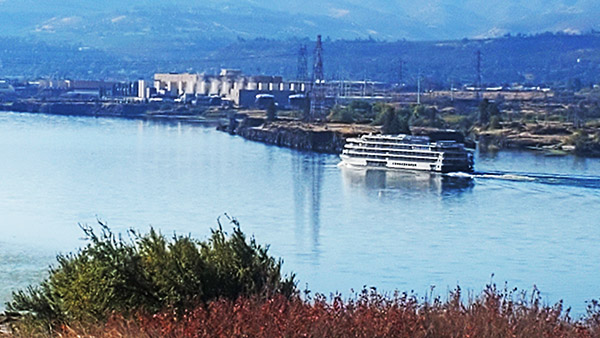
The route was Walla Walla to Yakima, over Snoqualmie Pass into Seattle. I rode up Interstate 5 to Burlington to visit my best customer. Then it was north to Bellingham to see the Grizzly Machine tool store. Then we turned down to Seattle. I spent a night with a friend. I rode down Interstate 5 to Kelso, crossed the Columbia River, I next headed west to Astoria, and then it was down Oregon 101 to Lincoln City for the night. The next day I rode down to Newport, east to Albany, Oregon, then up Interstate 5 to the Columbia River Gorge, where I spent the night in a motel in Cascade Locks, Washington. In the morning I ran east on Highway 14 to Mary Hill Stonehedge, then over to Goldendale for lunch, then east to Bickleton and the Tri-Cities, and then back home to Walla Walla. I enjoyed riding the Burgy. The scooter did everything I expected it to do. I’m hoping for many rides into the sunset on this scooter.
After being self-annoyed for 34+ years, I finally got my “walking papers.” I am shutting down my machine shop and plastic injection molding business. My best customer sent all the work I used to do for them to China and the shop I’ve rented since 1995 is up for sale, so I’m scooting on out of here.

